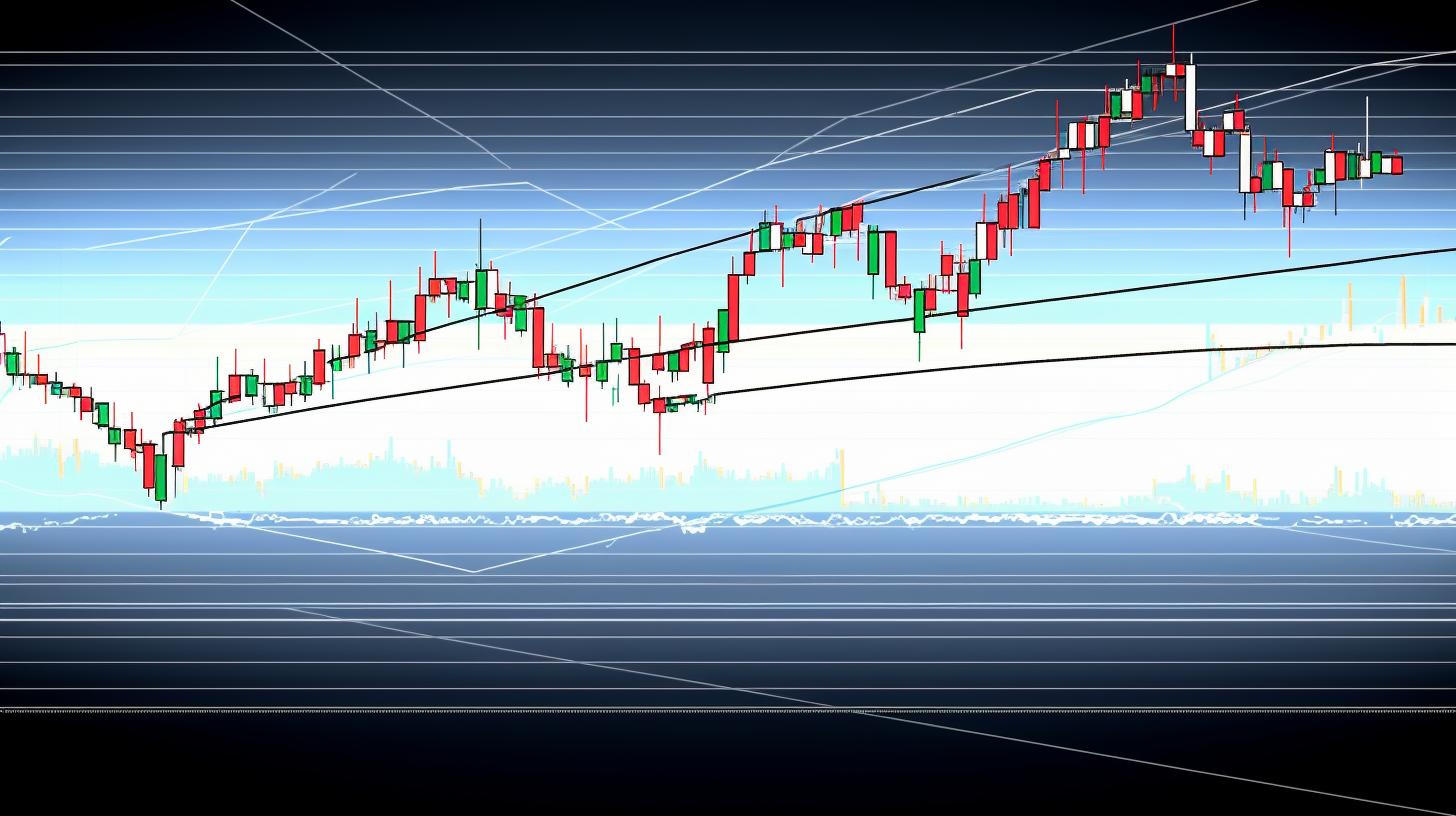Stripe Launches Tempo Blockchain Amidst Industry Skepticism
Stripe’s recent announcement of its own layer-1 blockchain, named Tempo, has generated a split reaction within the cryptocurrency community. The payment giant’s CEO, Patrick Collison, stated that existing blockchains fall short in supporting the growing volume of stablecoin transactions on Stripe’s platform, prompting the development of Tempo to meet demands exceeding 10,000 transactions per second (TPS) at peak times.
Industry Experts Question Need for New Blockchain
Several crypto professionals expressed skepticism about Stripe’s decision to create a new blockchain rather than leveraging established networks. Joe Petrich, head of engineering at NFT platform Courtyard, remarked, “No one wants another chain,” emphasizing that scalability challenges have already been addressed by current blockchains for those committed to blockchain use.
Disputed Claims on Transaction Speeds
Collison compared Tempo’s target throughput with Bitcoin’s approximate 5 TPS, Ethereum’s 20 TPS, and newer platforms like Base and Solana, which he estimated at around 1,000 TPS. However, Mert Mumtaz, CEO of Helius Labs and a Solana advocate, criticized these figures as “hilariously wrong,” referencing Solana Explorer data that showed over 3,000 TPS at the time of publication.
Supporters Highlight Potential Benefits
Not all responses were critical. Steve Milton, CEO of Web3 wallet provider Fintopia, called Tempo a “game-changer” that could provide the high-scale on-chain payment infrastructure necessary for faster and more cost-effective transactions. Similarly, Max Segal, COO of Privy, expressed optimism about the new blockchain’s prospects.
Debate Over Layer-1 vs. Layer-2 Solutions
Some commentators questioned why Stripe opted for a layer-1 blockchain instead of building Tempo as a layer-2 solution atop Ethereum. Devansh Mehta of the Ethereum Foundation suggested that decentralizing and diversifying validator sets is preferable to creating a new network. Crypto analyst Leo Lanza proposed that as an Ethereum layer-2, Tempo could leverage Ethereum’s security and interoperability while offering custom transaction speeds and fiat-denominated fees.
Stripe’s Rationale for Fiat-Denominated Fees
Collison emphasized the importance of fees denominated in fiat currencies for real-world financial applications, contrasting this with existing blockchains that require fees in native tokens. He expressed hope that Tempo would facilitate a range of on-chain financial activities, including payment acceptance, global payouts, remittances, and microtransactions.













